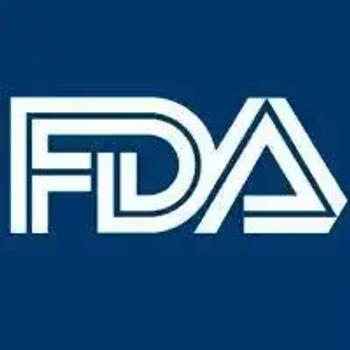
Impact of Robotic Procedures and Apps on Clinic Efficiency
Panelist discusses how the ability to administer treatments robotically, regardless of prostate size, affects resource expenditures in a clinic, highlighting the need for extended recovery periods and increased use of apps to streamline patient management and reduce resource burdens.
Episodes in this series

Video content above is prompted by the following:
Impact of Robotic Prostate Treatments and Apps on Resource Utilization
Robotic prostate surgery and resource use:
When prostate surgery is performed robotically, the patient typically requires a catheter for about 1 week. This leads to increased resource utilization, including follow-up calls and possible imaging (eg, a cystogram). The catheter removal typically occurs on day 7. While the robotic procedure doesn’t drastically increase resource requirements, it does result in a longer recovery period compared with treatments like aqua ablation, where the catheter stays in for 1 to 4 days.
Role of apps in streamlining BPH treatment:
Apps play a critical role in enhancing efficiency, especially in high-volume practices. They help physicians by streamlining the benign prostatic hyperplasia (BPH) treatment process through the following:
- Patient assessment: Apps collect key information, such as International Prostate Symptom Score, uroflow measurements, postvoid residual, and patient history.
- Patient education and communication: Apps can provide detailed information on procedures like aqua ablation, including videos, and address common questions, improving patient understanding.
- Postoperative management: Apps help manage postoperative care by assisting with catheter removal, giving postop instructions, and answering follow-up questions.
- Increased efficiency: With apps handling much of the pre- and postoperative care, physicians can focus on more complex cases and meet with patients when necessary. Apps also facilitate high-volume management by reducing time spent on less critical tasks, thus increasing overall practice efficiency.
Conclusion
Robotic treatments for prostate procedures lead to longer recovery periods and a need for more resources compared with other treatments like aqua ablation. However, the use of apps significantly streamlines the treatment process, making it easier to manage high volumes of patients and improve overall clinic workflow.
Newsletter
Stay current with the latest urology news and practice-changing insights — sign up now for the essential updates every urologist needs.

















